Deep within the Amazon rainforest, something extraordinary happens every night. While most of us sleep soundly in our beds, a remarkable partnership unfolds between two unlikely companions that would make even the most creative Disney scriptwriter jealous. Picture a frog no bigger than your thumbnail sharing a home with a spider whose leg span could cover your entire palm. This isn’t science fiction or a fever dream – it’s one of nature’s most fascinating examples of mutual cooperation, where size differences become irrelevant and survival depends on teamwork.
The Unlikely Duo: Meet the Players
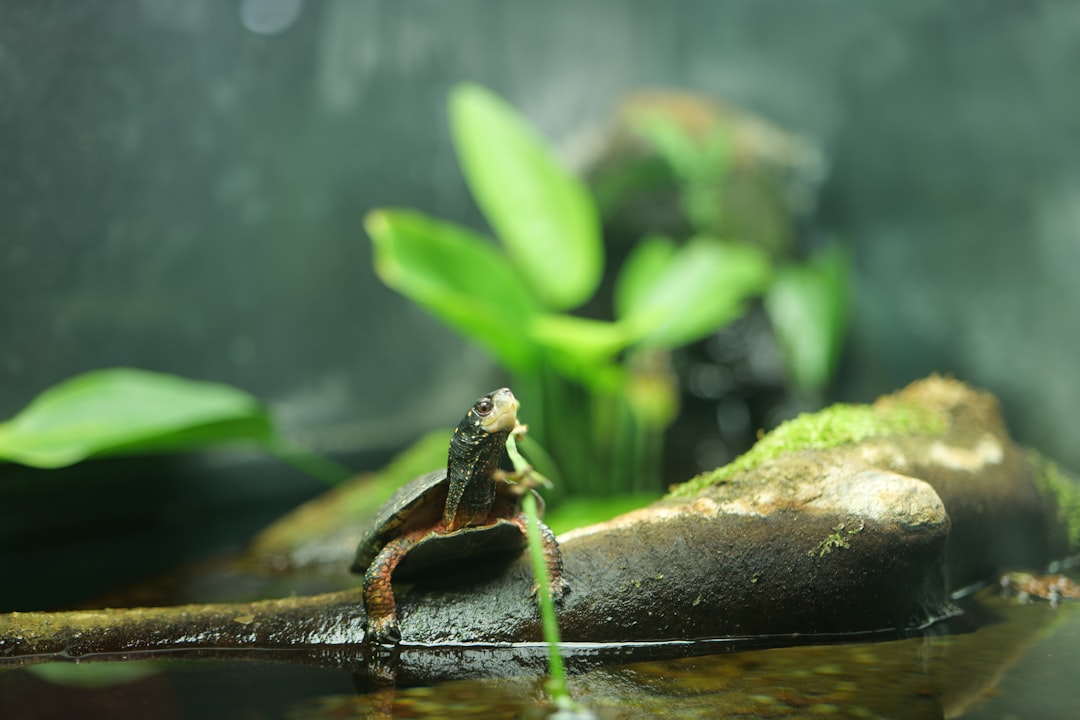
The microhylid frog, specifically *Chiasmocleis ventrimaculata*, measures barely 2 centimeters in length when fully grown. These tiny amphibians are so small they could comfortably sit on a coin, yet they’ve mastered the art of living alongside creatures that could theoretically make them a midnight snack. Their partner in this unusual alliance is the Goliath birdeater tarantula (*Theraphosa blondi*), a massive arachnid that holds the title of world’s largest spider by mass.
What makes this partnership even more remarkable is the stark contrast between these two creatures. The frog’s moist, delicate skin seems impossibly vulnerable next to the spider’s powerful fangs and crushing strength. Yet somehow, they’ve figured out how to not just coexist, but actually help each other survive in one of Earth’s most competitive environments.
A Spider’s Dilemma: The Ant Problem
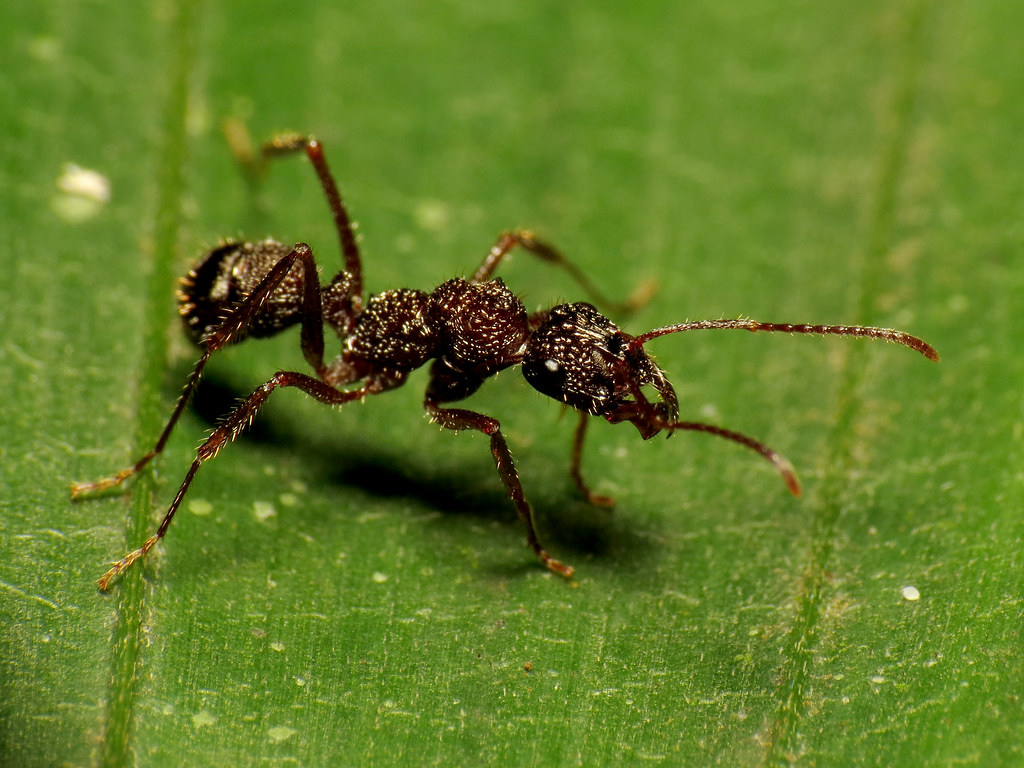
Tarantulas face a constant threat that most people never consider: army ants. These relentless insects move in massive colonies, devouring everything in their path with military precision. For a spider, even one as large as the Goliath birdeater, an army ant invasion means certain death. The ants swarm over their victims, injecting painful venom and literally eating them alive.
The tarantula’s size and strength become useless against thousands of tiny attackers. Their massive fangs can’t target individual ants effectively, and their web-spinning abilities offer no defense against the organized assault. This is where having a tiny roommate becomes incredibly valuable – the frog serves as an early warning system and active pest control service.
The Frog’s Feast: Turning Threats into Dinner
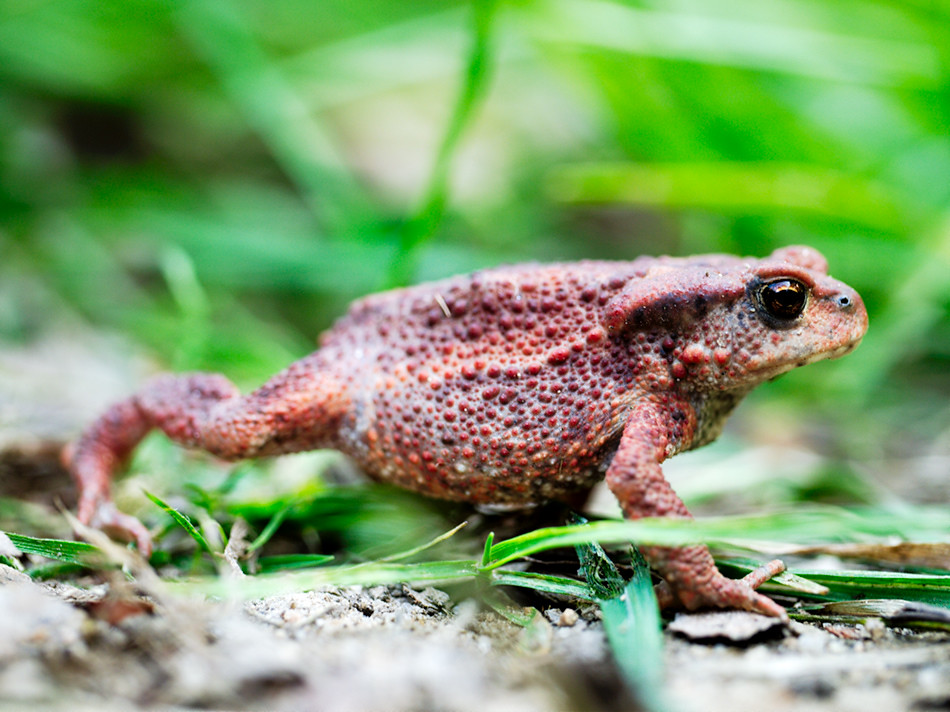
While army ants spell doom for tarantulas, they represent a buffet for microhylid frogs. These tiny amphibians have evolved to specialize in eating small insects, and army ants fit perfectly into their dietary preferences. The frog’s quick reflexes and sticky tongue make it incredibly efficient at picking off individual ants before they can organize into a threatening swarm.
The frog’s hunting strategy resembles a sniper picking off targets one by one. It positions itself strategically around the spider’s burrow, waiting for scouts or small groups of ants to venture too close. Each ant eliminated reduces the likelihood of a full-scale invasion that could overwhelm both creatures.
Home Sweet Burrow: Shared Living Arrangements
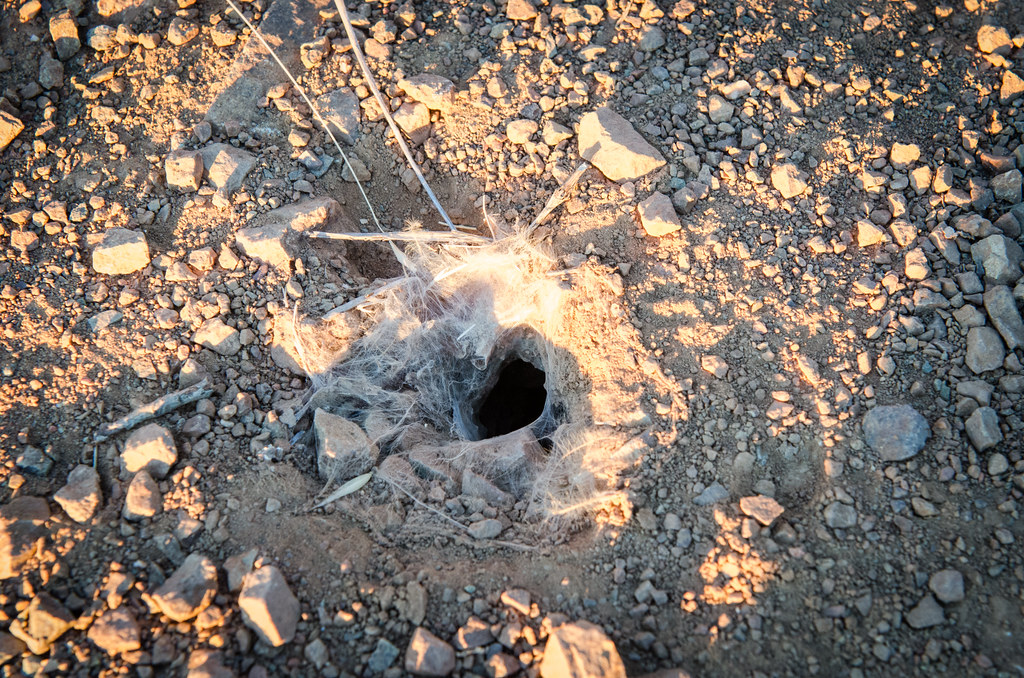
The spider’s burrow serves as a fortress that both creatures call home. These underground tunnels can extend up to three feet deep, providing protection from predators, weather, and the chaos of rainforest life. The tarantula excavates and maintains this elaborate home, creating multiple chambers and escape routes.
The frog doesn’t just crash at the spider’s place – it contributes to the household by keeping the premises ant-free. Think of it as the world’s tiniest security guard, patrolling the perimeter and eliminating threats before they become problems. The burrow’s humid environment also provides perfect conditions for the frog’s sensitive skin, making it a win-win living situation.
Communication Without Words: How They Coordinate
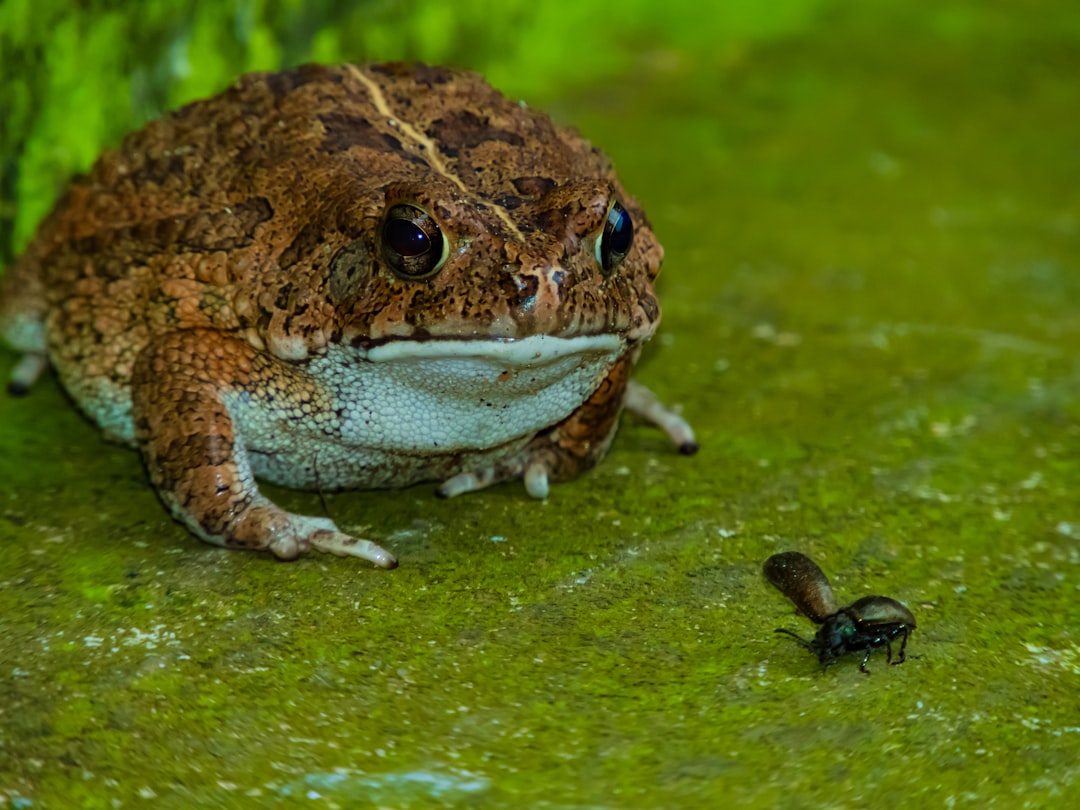
Despite having no shared language, these two species have developed sophisticated ways to communicate and coordinate their activities. The frog’s behavior changes dramatically when it detects ant pheromones, becoming more active and alert. The spider seems to recognize these behavioral cues and responds accordingly, sometimes retreating deeper into the burrow when the frog signals danger.
Vibrations play a crucial role in their communication system. The spider’s sensitive leg hairs can detect the frog’s movement patterns, distinguishing between normal activity and urgent ant-hunting behavior. This silent communication network allows them to coordinate their responses without alerting potential threats to their location.
The Science of Symbiosis: Mutualism in Action
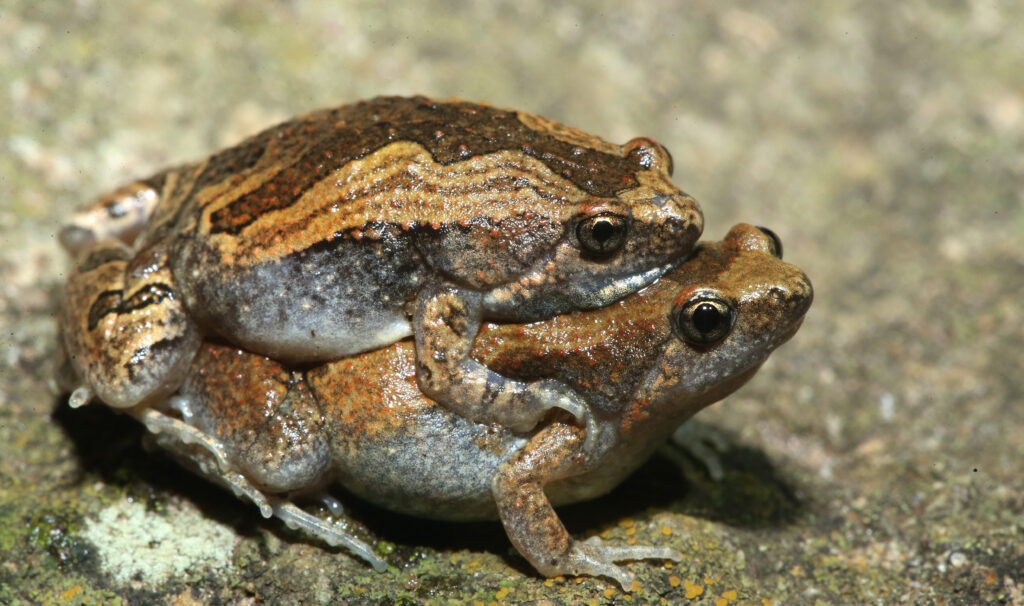
Scientists classify this relationship as mutualistic symbiosis, where both species benefit from their association. The frog receives protection from larger predators and a stable home environment, while the spider gains a dedicated pest control service. This type of partnership challenges traditional ideas about predator-prey relationships in nature.
Research has shown that spiders living with frogs have significantly lower mortality rates from ant attacks compared to those living alone. Similarly, frogs in these partnerships show improved survival rates and reproductive success. The data strongly supports the idea that cooperation can be just as important as competition in evolutionary success.
Evolutionary Advantages: Why This Partnership Persists
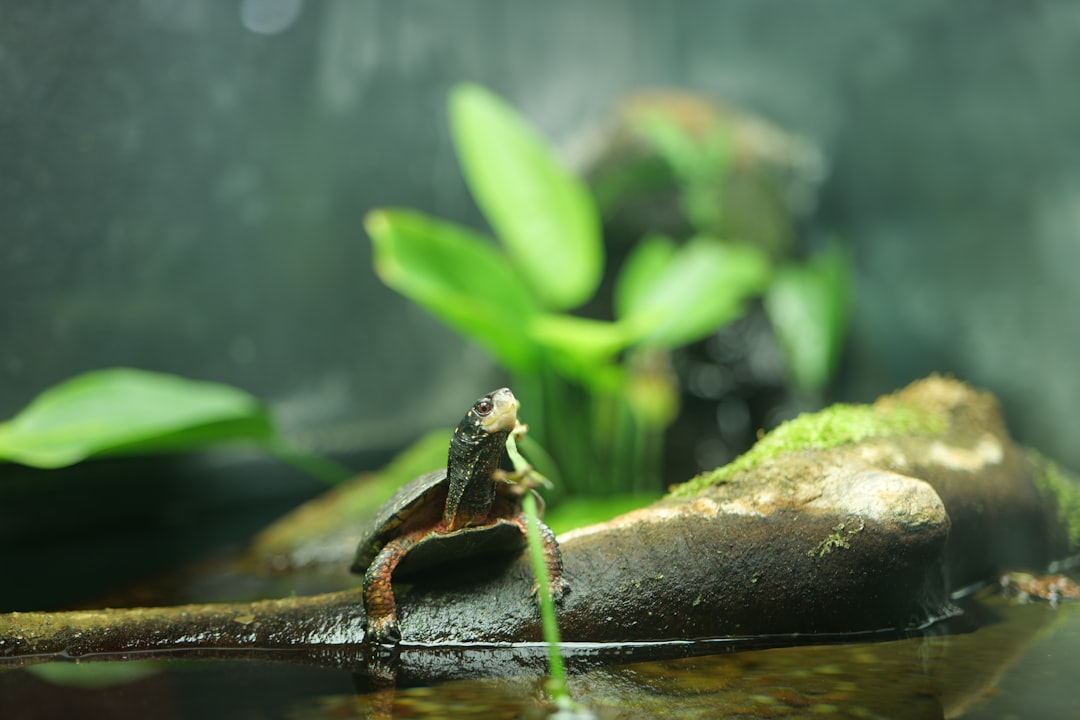
The evolutionary benefits of this alliance extend beyond immediate survival advantages. Frogs that successfully partner with spiders are more likely to reproduce and pass on their cooperative genes to the next generation. Similarly, spiders that tolerate frog roommates produce more offspring due to their increased survival rates.
This partnership also demonstrates how evolution can favor unexpected solutions to survival challenges. Rather than developing bigger fangs or stronger venom, these spiders evolved tolerance and cooperation. The frogs, instead of growing larger or developing better camouflage, perfected their ant-hunting skills and learned to read spider behavior.
Beyond the Amazon: Similar Partnerships Worldwide

While the frog-spider alliance is most famous in South American rainforests, similar partnerships exist in other tropical regions. Southeast Asian forests host their own versions of this relationship, with different frog and spider species forming comparable alliances. These parallel evolution examples suggest that such partnerships provide significant survival advantages.
Madagascar’s unique ecosystem also features frog-spider partnerships, though with endemic species found nowhere else on Earth. These relationships demonstrate that cooperation between unlikely partners isn’t just a quirky Amazon phenomenon – it’s a successful survival strategy that evolution has “invented” multiple times independently.
The Role of Environment: Why Rainforests Foster Strange Alliances

Rainforest environments create unique pressures that encourage unusual partnerships. The incredible biodiversity means intense competition for resources, making cooperation a valuable alternative to constant conflict. The complex three-dimensional structure of rainforests also provides numerous niches where different species can interact in unexpected ways.
The constant humidity and warm temperatures create perfect conditions for army ants to thrive, increasing the pressure on spiders to find effective defense strategies. This environmental pressure acts as a catalyst for partnerships that might seem impossible in other ecosystems. The rainforest’s complexity essentially rewards creative solutions to survival challenges.
Predator Recognition: How Frogs Know Friend from Foe
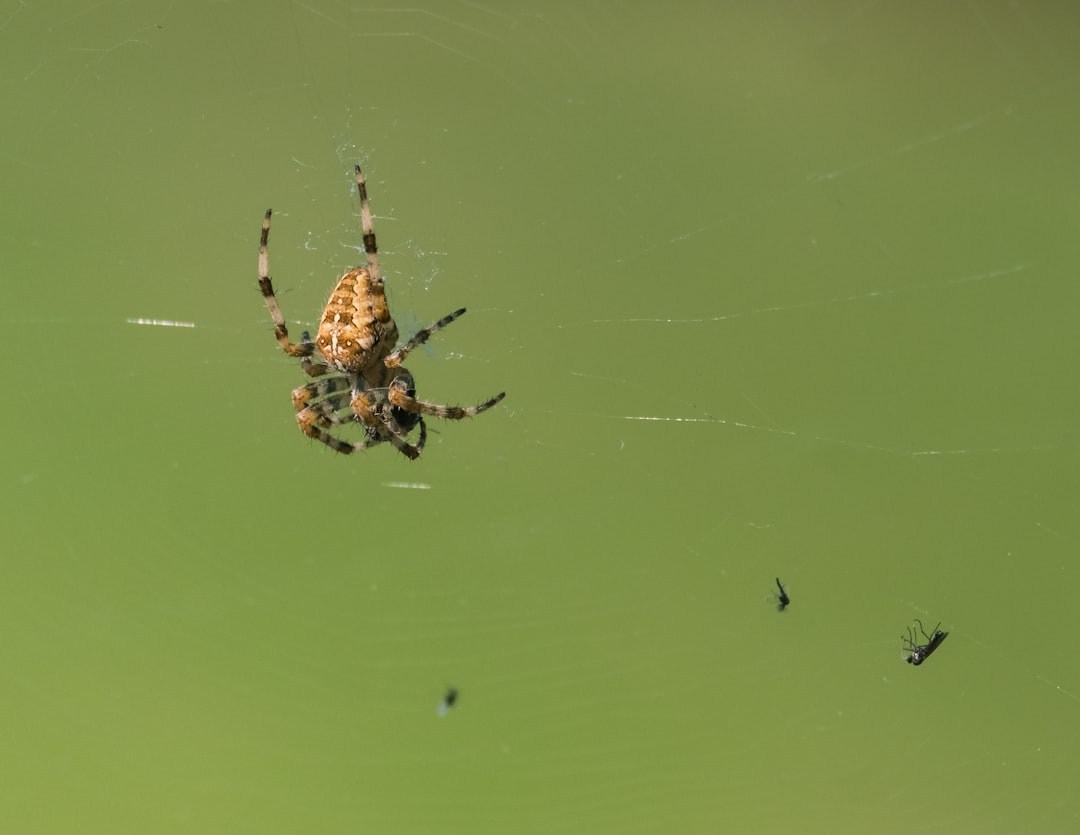
One of the most remarkable aspects of this partnership is how frogs distinguish between their spider roommates and potential predators. Research suggests that frogs can recognize individual spiders through chemical cues, essentially learning their partner’s unique scent signature. This recognition system prevents tragic misunderstandings that could end the partnership.
The frog’s ability to read spider body language also plays a crucial role in their coexistence. They can distinguish between a spider’s hunting posture and its relaxed state, adjusting their own behavior accordingly. This sophisticated recognition system allows them to share space without constant tension or fear.
Seasonal Dynamics: How Partnerships Change Throughout the Year
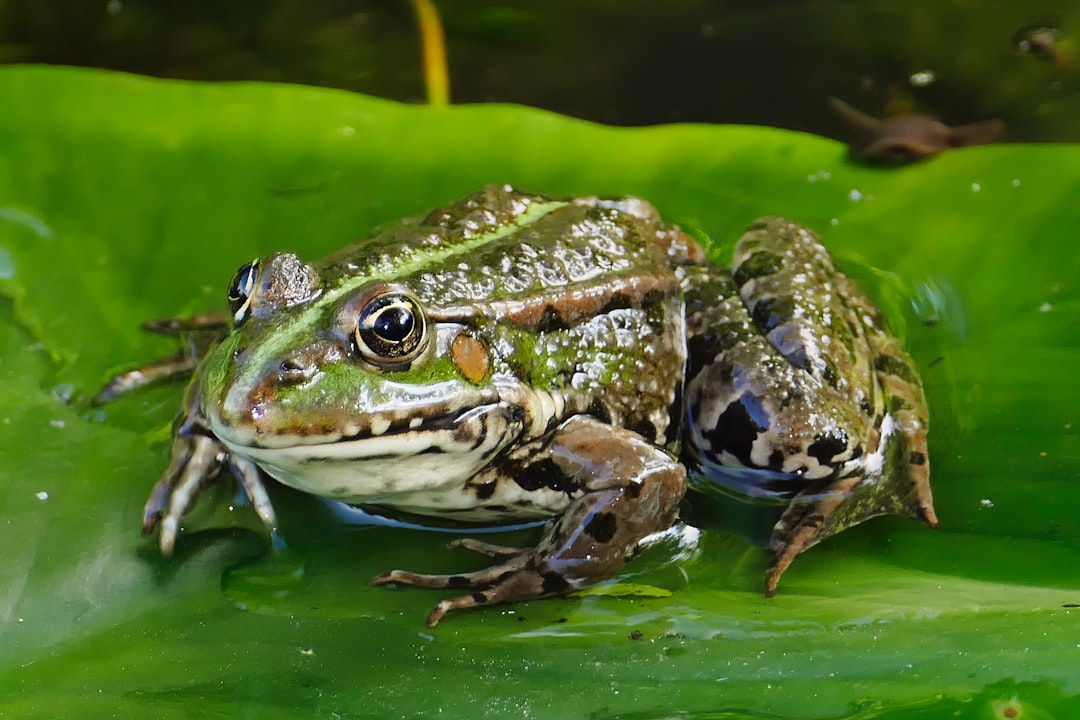
The intensity of the frog-spider partnership varies with seasonal changes in ant activity. During peak ant season, frogs become more vigilant and active around the burrow, while spiders may spend more time in deeper chambers. These behavioral adjustments demonstrate the dynamic nature of their relationship.
Breeding seasons also influence the partnership, with pregnant female frogs sometimes receiving additional protection from their spider hosts. The spiders appear to recognize reproductive females and may adjust their behavior to accommodate the special needs of their gravid partners. This seasonal flexibility helps ensure the partnership’s long-term success.
Research Challenges: Studying an Underground Alliance
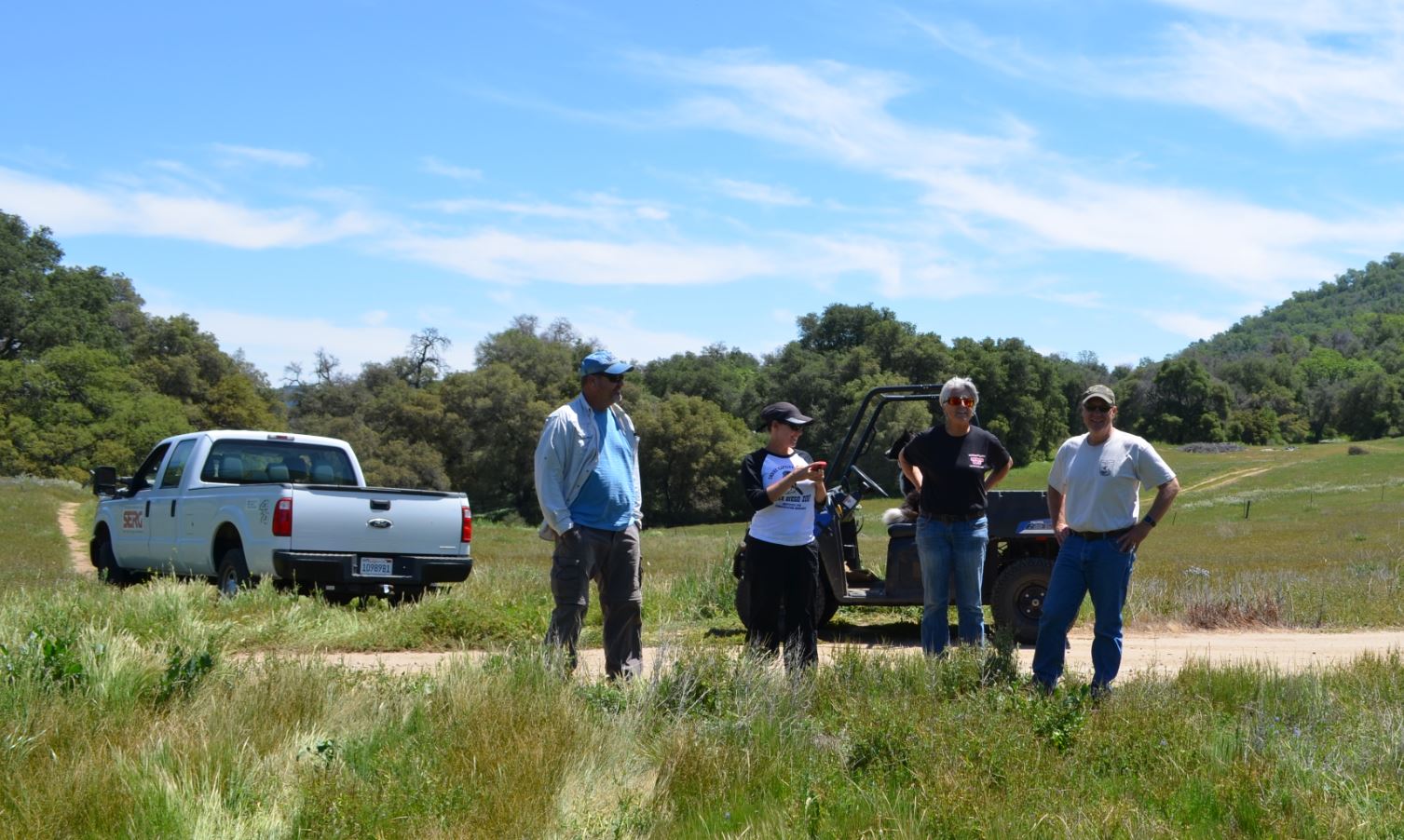
Studying this partnership presents unique challenges for researchers. The underground nature of the relationship makes direct observation difficult, requiring creative solutions like fiber-optic cameras and specialized recording equipment. Scientists must also account for the fact that human presence can alter both species’ natural behaviors.
Long-term studies have revealed that individual partnerships can last for months or even years, with some frogs remaining with the same spider host throughout multiple breeding cycles. This longevity suggests that the relationship involves more than simple convenience – it appears to be a genuine partnership with mutual recognition and commitment.
Conservation Implications: Protecting Complex Relationships
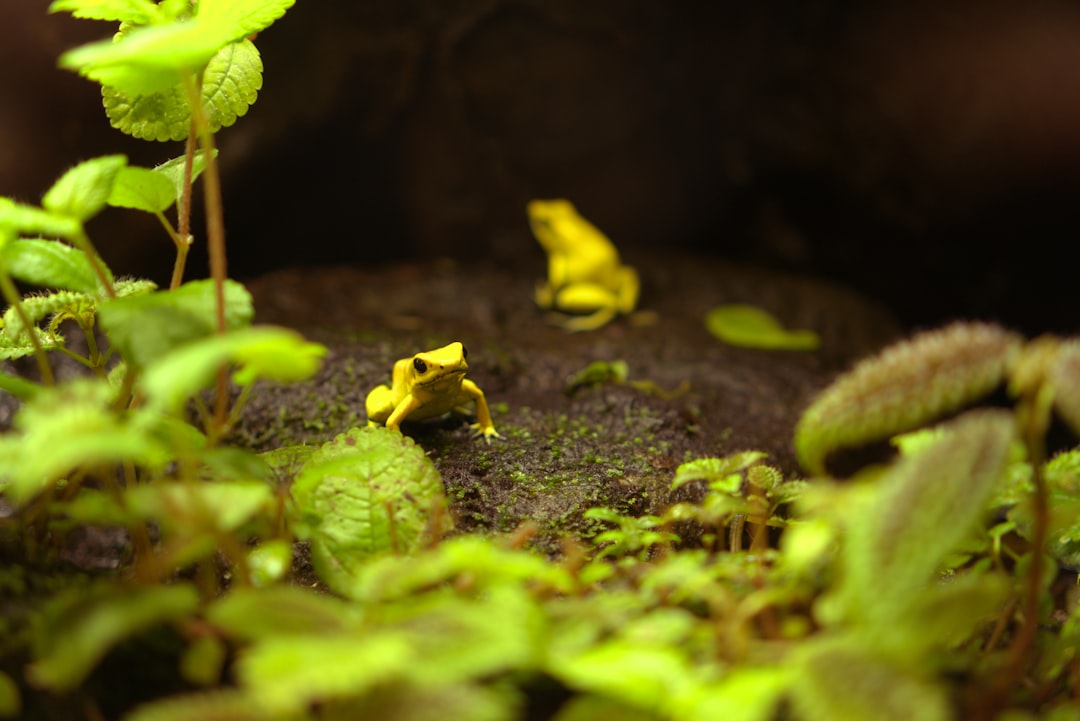
The frog-spider partnership highlights the importance of protecting entire ecosystems rather than individual species. Conservation efforts that focus solely on charismatic megafauna might miss these crucial small-scale relationships that contribute to ecosystem stability. Protecting one species without considering its partners could inadvertently doom both.
Habitat destruction poses a particular threat to these partnerships, as both species require specific environmental conditions to thrive. Climate change could also disrupt the delicate balance of this relationship by altering ant activity patterns or affecting burrow conditions. Understanding these complex relationships becomes increasingly important as human activities continue to impact natural ecosystems.
Conclusion
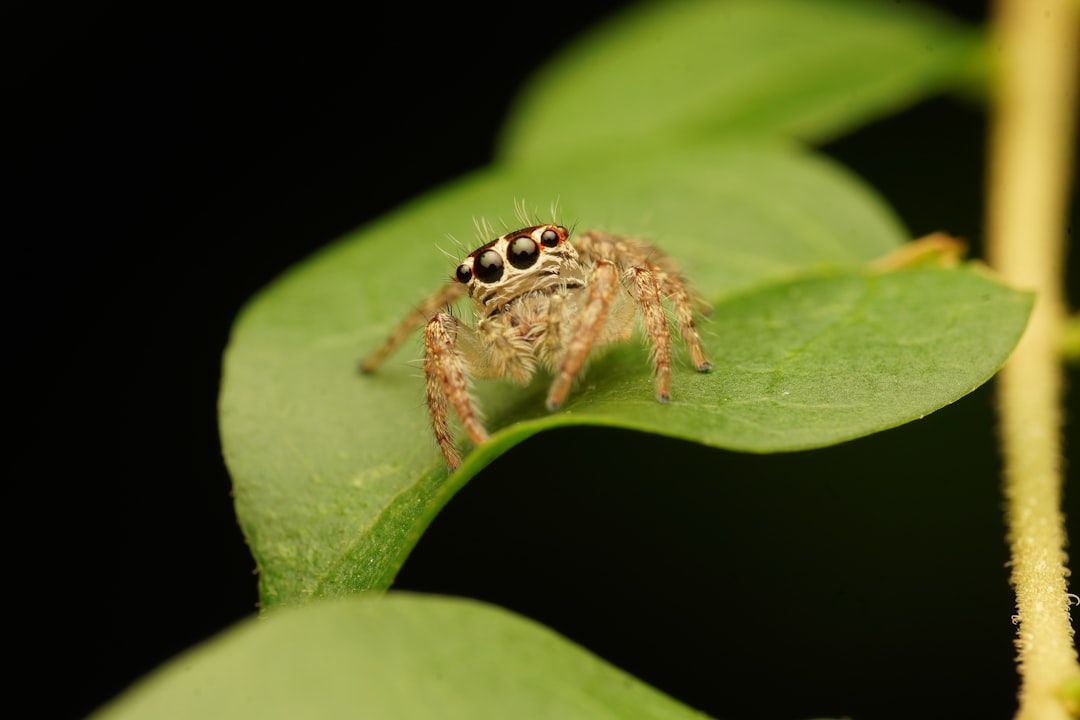
The partnership between tiny frogs and giant spiders represents one of nature’s most compelling examples of cooperation over competition. This unlikely alliance demonstrates that size, species, and apparent incompatibility need not prevent successful partnerships when mutual benefits exist. Their relationship challenges our assumptions about predator-prey dynamics and shows how evolution can favor cooperation in unexpected ways.
As we face our own global challenges, perhaps there’s wisdom to be found in this underground alliance. The frog and spider have learned that their differences become strengths when combined, and their willingness to trust unlikely partners has ensured their survival for millions of years. In a world that often emphasizes competition and conflict, these tiny teachers offer a powerful reminder that cooperation might just be the secret to thriving in our complex, interconnected world.
What other unlikely partnerships might be hiding in nature’s shadows, waiting to teach us about the power of cooperation?

